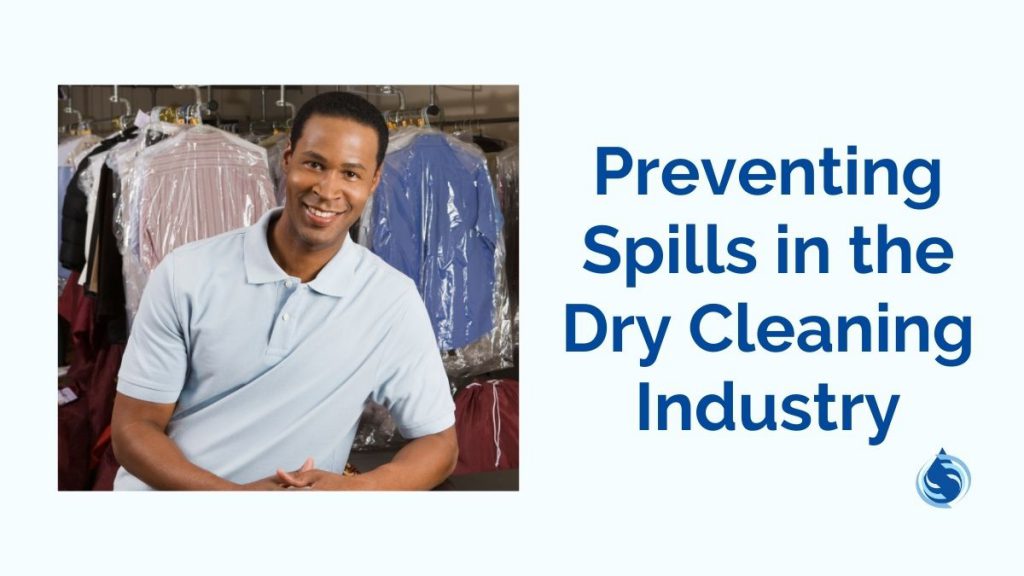What are some potential contaminants in the dry cleaning industry?
In the dry cleaning business, the solvent is the most obvious potential contaminant. But did you know, your spotting chemicals could also cause contamination if spilled on the ground or dumped down a drain?

Here are a few simple tips for preventing contaminant spills in dry cleaning locations.
- If you have underground solvent storage tanks, upgrade them to meet federal and state requirements.
- If possible, install secondary containment around your dry cleaning machine, hazardous waste storage, and spotting chemical storage and seal the floor.
- Close and seal floor drains near chemical storage and usage areas.
- Clean-up minor spills (up to 7 gallons) with absorbent materials and use your dry cleaning machine (extract and dry cycles) to recover the solvent.
- Do not dispose of any solvent-bearing waste in your dumpster. Use a hazardous waste hauler or use the Indianapolis Tox-Drop sites for small quantities.
- Train all employees on spill prevention and containment.
Why do dry cleaners need to watch what they spill?
Historically, dry cleaning has typically involved the use of Perc (Perchloroethylene also known as Tetrachloroethylene) to clean garments in machines. Typically these containments are found in older generation dry cleaners. The most recent generation getting the award of being the most efficient. Innovations in dry cleaning machines have led to Perc emissions and waste to decrease.
Luckily most owners and operators of dry cleaning operations have explored the use of solvent alternatives in cleaning solvents that have contributed to fewer Perc emissions. (Learn more here)
EDUCATION AND TRAINING
There are many resources and face-to-face help to assist you in being compliant. Here’s what you can do:
- Review the resources from the Indiana Department of Environmental Management specifically for dry cleaners.
- Review our resource page for helpful videos, websites, and signs for your business.
- Contact us for a business assessment or help on developing your spill plan.
